
Are you ok with optional cookies ?
They let us give you a better experience, improve our products, and keep our costs down. We won't turn them on until you accept. Learn more in our cookie policy.

Affordable housing has grown to be a serious issue in recent years, particularly in urban regions. The need for affordable homes has increased as more individuals move to cities in quest of better opportunities. A report from the World Economic Forum says that by 2030, about 3 billion people will need affordable housing. The causes of the accommodation crisis vary from city to city, but the main ones are rising home costs that go up faster than incomes, not enough homes to meet demand, a scarcity of land, and changes in demographics like population growth, people living longer, and changes in how families are made up.
Let’s look at some of the major causes of the rising demand for cheap housing, the difficulties it presents, and potential solutions that can open the door for more inclusive urban development.
In the wake of rapid urbanization, a remarkable migration trend is reshaping the world's population landscape. Over the years spanning 2018 to 2030, the allure of urban living has ignited a substantial increase in people flocking to cities, seeking not only livelihoods but also enhanced educational opportunities and a higher quality of life. This urban migration phenomenon has given rise to a plethora of transformations, driven by an array of factors that underscore the magnetic pull of cities.
All size categories of the urban population are expected to increase between 2018 and the predicted year of 2030. Surprisingly, by 2030, just 40% of the world's population will reside in rural areas, down from the 45% that they formerly hosted. According to forecasts, the number of megacities—those vibrant metropolitan hubs with populations greater than 10 million—will increase from 33 in 2018 to an astonishing 43 in 2030.
The phenomenon of migration is seen in the movement of people from rural to urban areas. The figures create a picture of humanity's drive for a more urban lifestyle as they show a trend towards more urbanization.
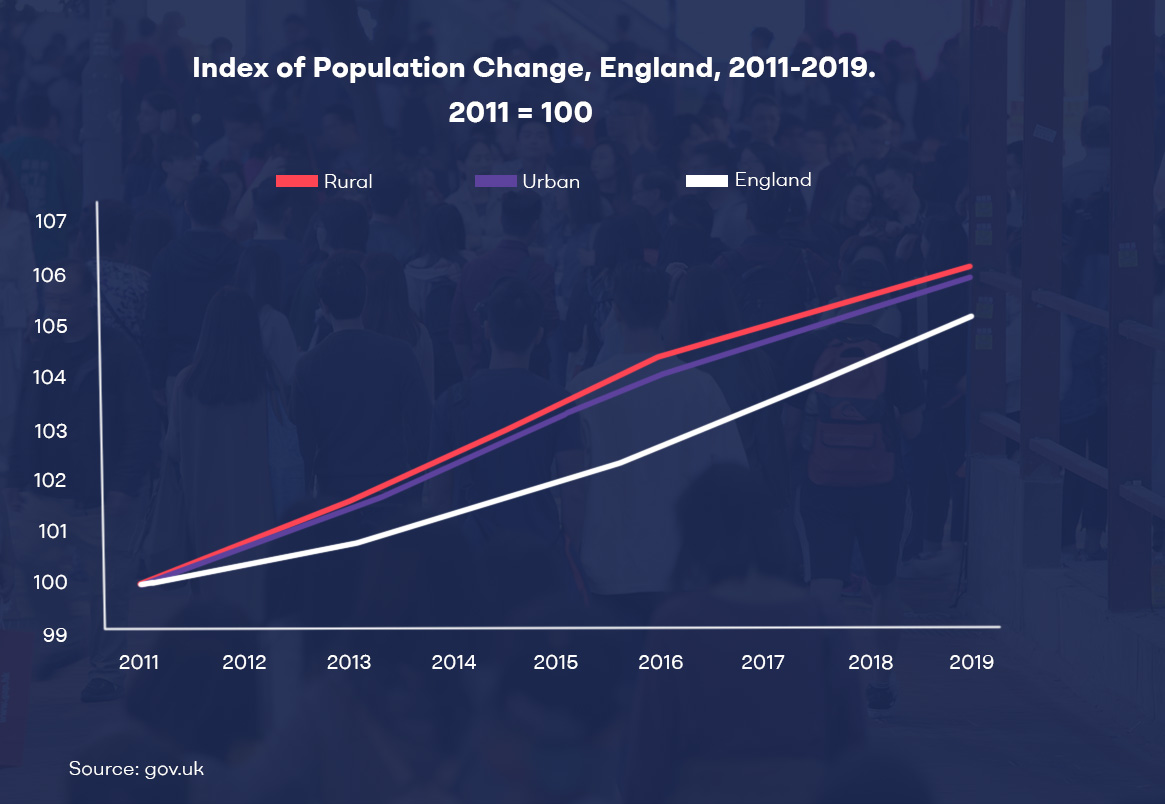
The urban attraction can be linked to a variety of elements that smoothly merge to provide an alluring magnetism. Here are some of the key factors influencing urban migration.
Metropolitan areas have developed as pillars of the economy. By 2035, it is anticipated that the top 10 cities on the globe will generate a remarkable $13.5 trillion in gross domestic product (GDP). With an annual GDP growth rate of 8.5%, several cities around the globe have attracted professionals looking for career advancement.
Cities are centers of intellectual progress because they frequently host major educational institutions and research facilities. A major driver of migration for people and families is the desire for education.
Access to necessary services like healthcare, transportation, and entertainment is unrivalled in urban regions. The abundance of utilities makes it possible to live a pleasant lifestyle that is difficult to replicate in rural areas.
Cities serve as a nexus for various cultural expressions, creative styles, and events. Those looking for a dynamic and cosmopolitan style of life are drawn to its thriving cultural environment.
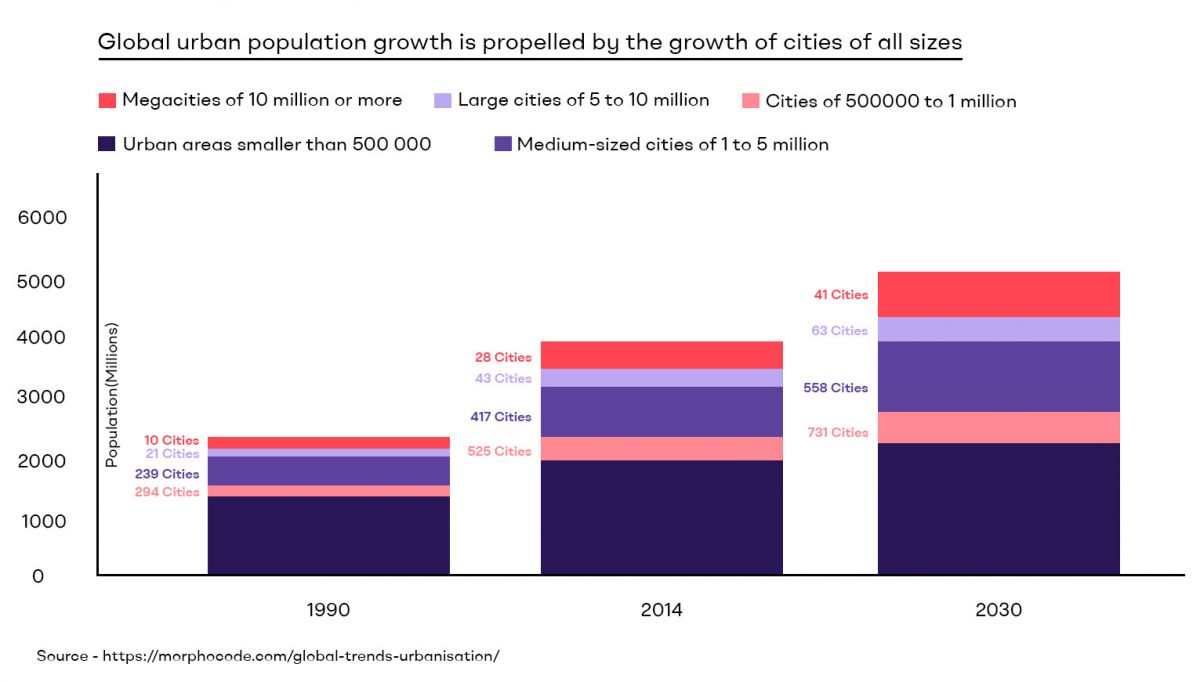
These elements emphasise the clear trend of urban migration. Cities are becoming more prevalent around the world, each luring people in with promises of a brighter future.
Urban areas in the UK have been dealing with a growing home affordability crisis in recent years, making it difficult for many people and families to locate homes that meet their needs and their budgetary constraints. A wide range of interrelated elements that individually contribute to the complicated and difficult urban housing affordability landscape underpin this dilemma.
Rising real estate prices are primarily to blame for the affordability crisis. The average UK property costs over ten times the average salary, creating a large housing expense-income discrepancy. This difference makes homeownership a distant goal for many, especially first-time buyers.
The affordability equation is further distorted by stagnant wage growth and rising property costs. The gap between what people earn and what they can afford has grown as earnings have struggled to keep up with soaring real estate prices. This wage-housing cost gap has made houses unaffordable for many.
Gentrification—urban neighbourhood revitalization sometimes accompanied by higher-income residents—has had a major impact on affordability. Since better amenities, infrastructure, and aesthetics make regions more enticing, property values rise. Longtime inhabitants who can no longer afford the revitalised neighbourhoods may be displaced.
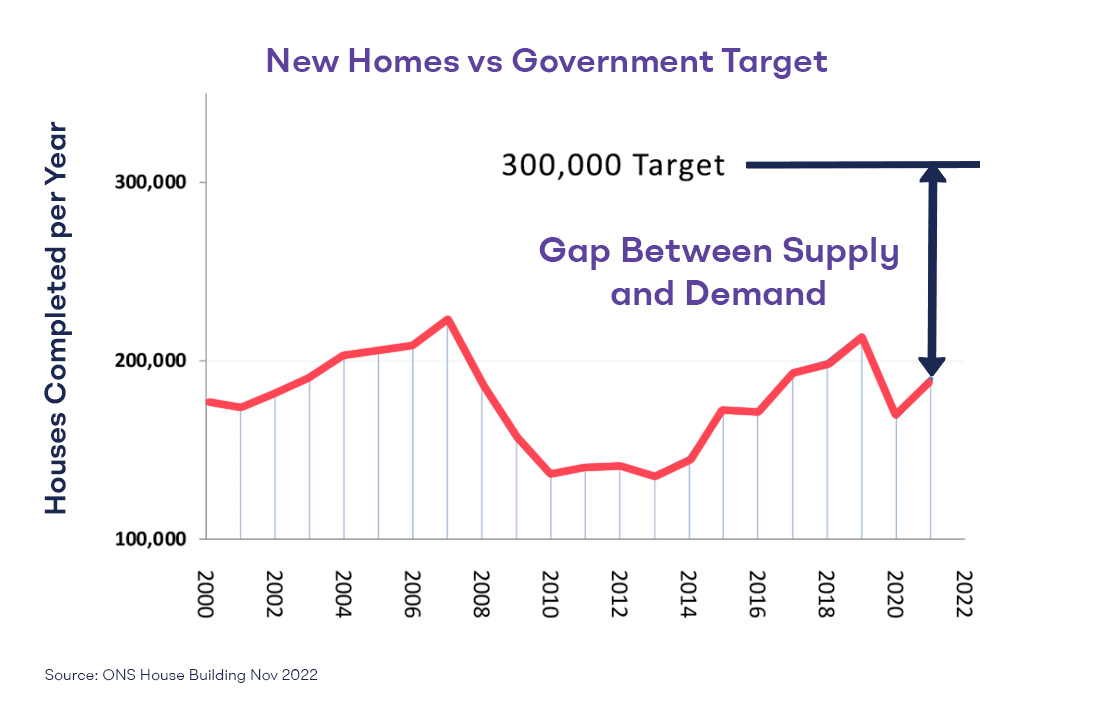
A lack of homes is at the heart of the affordability dilemma. The UK has a residential property shortage due to millions of unbuilt dwellings. This shortage of residential houses has raised prices, making purchasing and even renting increasingly unaffordable.
The affordability crisis affects renters as well as homebuyers. The high cost of residences has increased demand for rentals, raising costs. This strains families and individuals seeking inexpensive rentals, generating a housing ecosystem ripple.
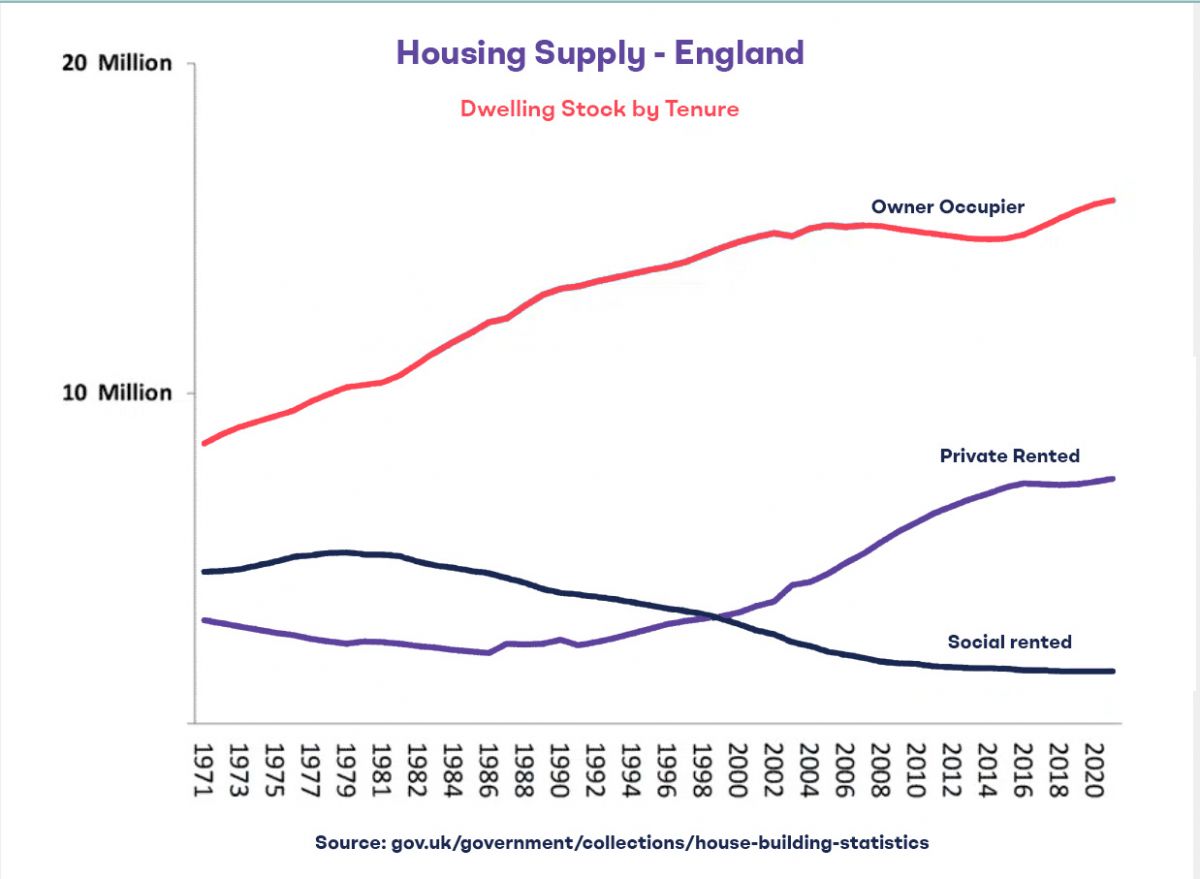
The confluence of these elements provides a clear picture of the difficulties brought on by the affordability dilemma in urban homes. A significant portion of the population struggles to find homes that are both within their financial reach and in line with their needs because of the escalating real estate prices, stagnant wages, the effects of gentrification, and a severe lack of house supply.
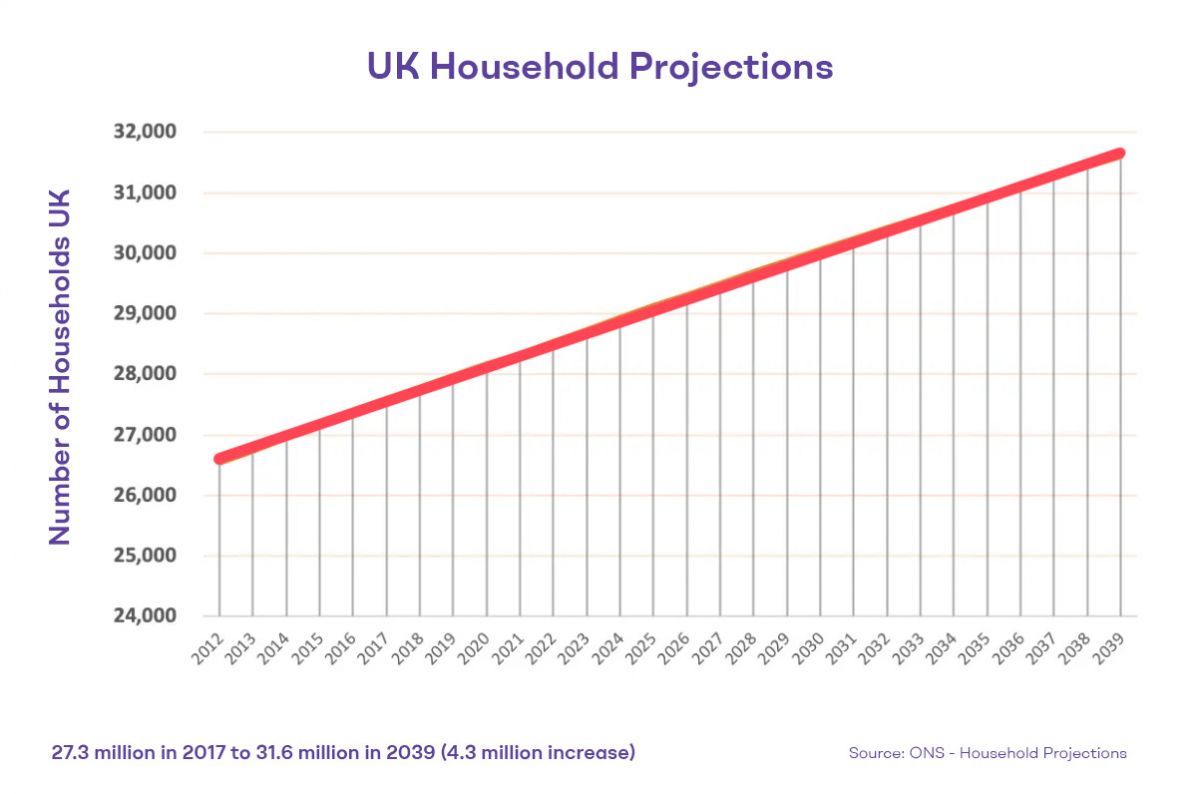
It is clear that the demand for cheap houses is anticipated to endure as we look to the future of the UK's affordable home situation, driven by a number of variables. Many people and families continue to prioritise the need for easily accessible and affordably priced housing, notwithstanding volatility in the housing market.
While the need for affordable housing is still growing, there are a number of opportunities and problems ahead. The imbalance between supply and demand makes it difficult to ensure that there are enough cheap units accessible for people in need. Demand for affordable housing is likely to surpass supply.
Economic problems like inflation and rising interest rates might affect how affordable a home is. According to the information presented, these variables may cause changes in home prices and mortgage interest rates, which may affect prospective homebuyers' capacity to pay for a property.
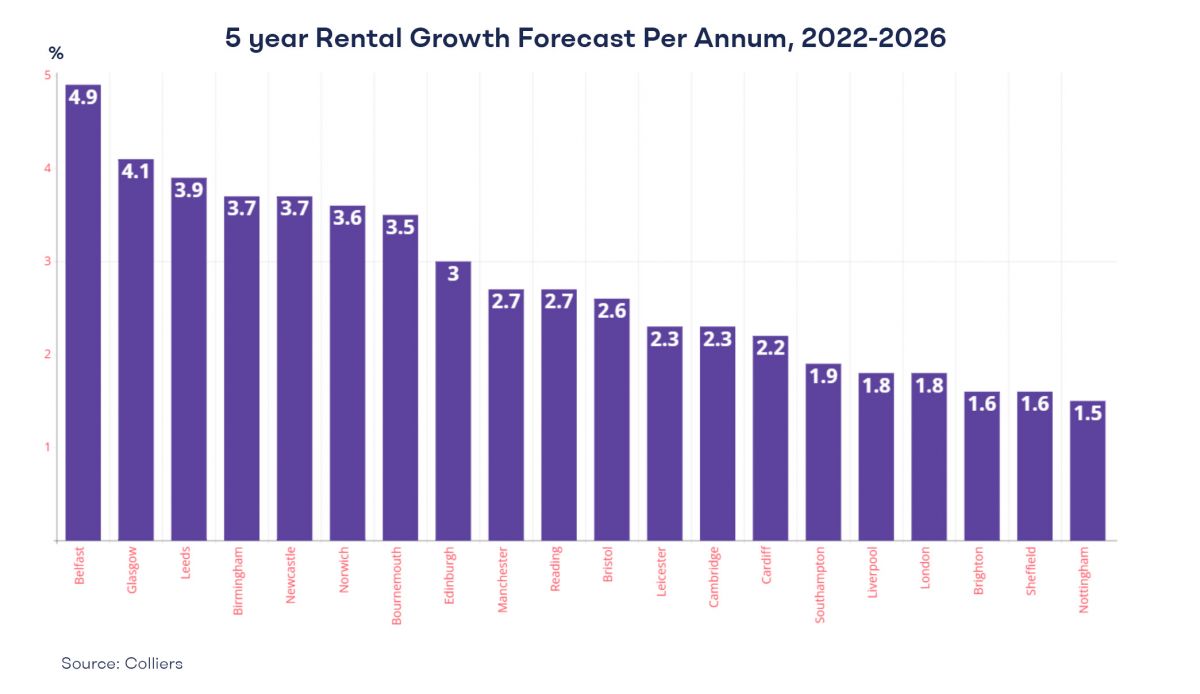
Additionally, a major factor in the availability of cheap housing is the rental market. Although the supply of rental homes may not keep up with demand, as noted in the text, this could result in higher rental rates.
Long-term solutions to the affordable housing dilemma depend on equitable and sustainable urban planning. Build-to-rent (BTR) buildings are becoming more popular, as seen in cities like London. This gives an opportunity to add amenities to professionally managed rental apartments in order to meet the rising demand for rental accommodation.
The demand and supply of affordable housing can vary significantly across regions. Predicted rental growth rates between different cities, as mentioned, highlight the importance of localized strategies to address housing shortages effectively.
The achievement of long-term solutions to the affordable housing depends on equitable and sustainable urban design. Here’s why:
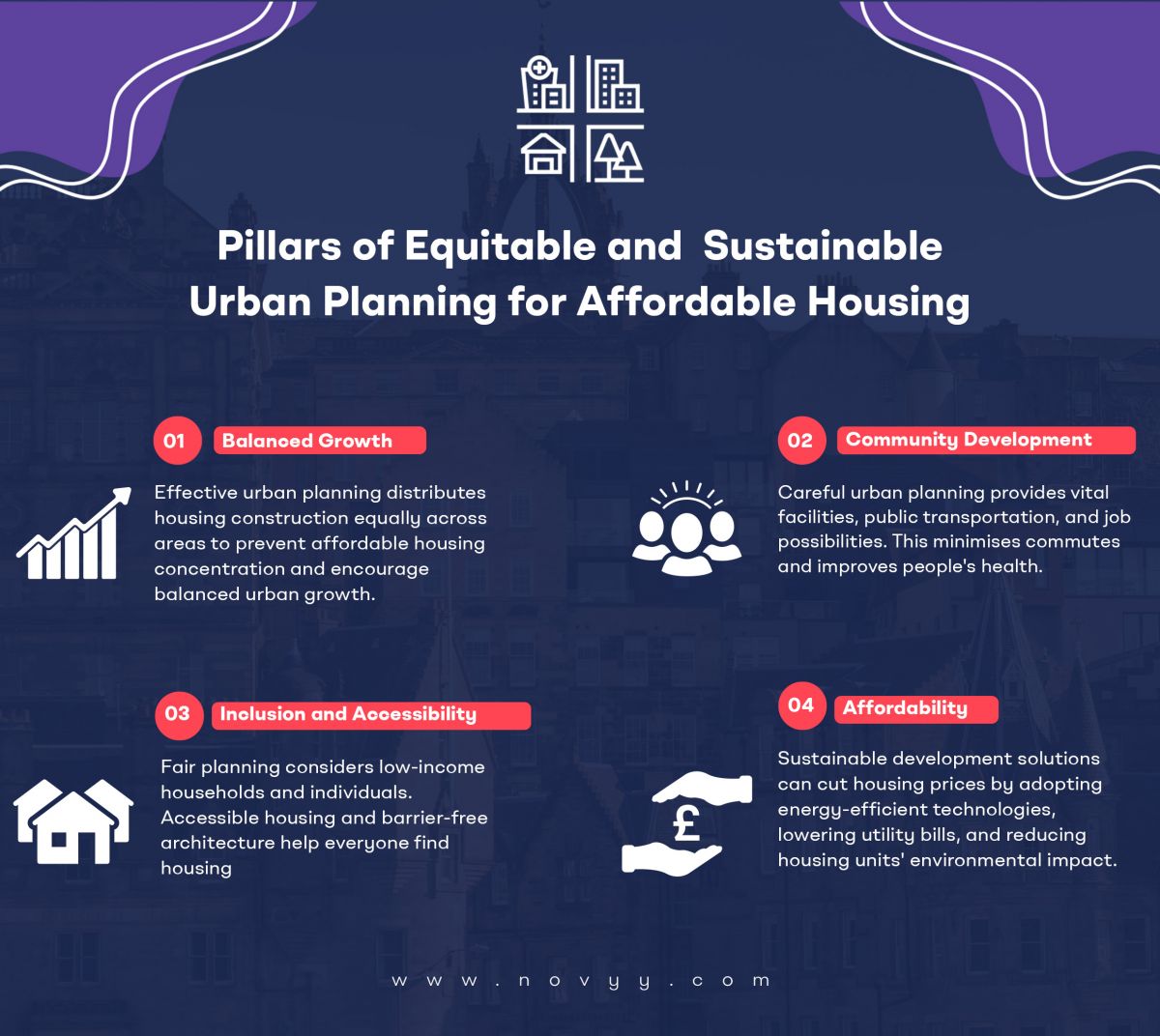
The surge in urban migration is reshaping the global population landscape, with cities emerging as hubs of economic, educational, and cultural opportunities. However, the appeal of the city has increased demand for inexpensive homes, creating a complicated affordability dilemma. Accessible housing continues to be elusive for many due to a confluence of factors, including rising real estate costs, sluggish income growth, gentrification issues, and a lack of housing supply.
Looking forward, it is anticipated that societal requirements and economic reasons will continue to boost the demand for affordable housing. Even though problems with supply and demand mismatches and rental market dynamics still exist, there are ways to deal with them through fair and sustainable urban development. Localised initiatives and the growth of build-to-rent projects can help close the affordability gap and ensure that communities have access to adequate housing options.
Therefore, the future of affordable housing will necessitate a multimodal strategy that combines creative development techniques, legislative interventions, and a dedication to diversity. It is feasible to prepare the path for a future where housing is not just a fantasy but a reality for everyone by confronting the issues head-on and embracing opportunities for sustainable urban design. This will ensure equitable and dynamic urban environments for future generations.